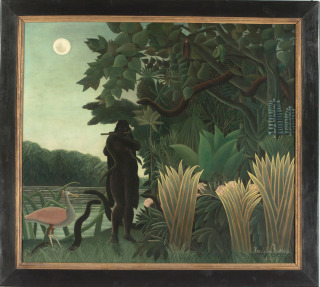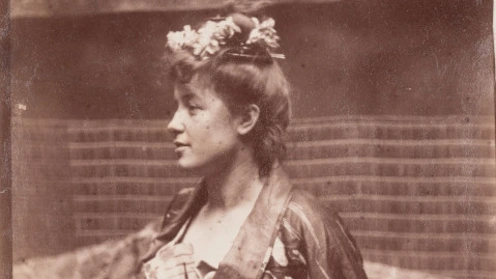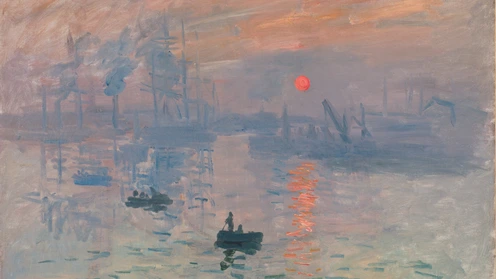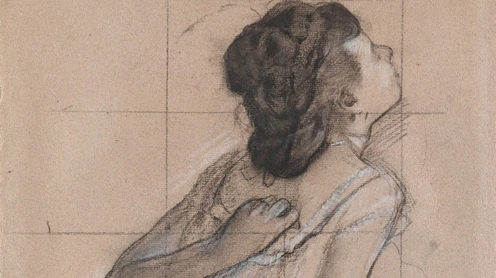Beyond Impressionism: the birth of Modern art

La Charmeuse de serpents, 1907
Musée d'Orsay
Legs Jacques Doucet, 1936
DR
See the notice of the artwork
The last exhibition of the Impressionist group in 1886 was the very symbol of the disagreements that troubled its members, leading to the slow disintegration of the common ideal that brought them together in the 1870s: painting subjects of modern life outside, from nature, in light colours.
A new generation of artists rejected the "natural" expression of the landscape: that same year, Gauguin journeyed to Pont-Aven for the first time in search of the "wild" and the "primitive", Van Gogh arrived in Paris, and Cézanne had been in Aix-en-Provence since 1879, a "highly artistic" region that matched his temperament and research.
United by the desire to create a style of art that was more suited to their era, Bonnard, Vuillard and their friends called themselves, not without a touch of humour, the "Nabis" (prophets), and sought to recover the "taste for primitive feeling", questioning the traditional perspective offered by the Italian Renaissance. Focusing on dreams and the unconscious, Redon and the Symbolists invented another world, made famous by Apollinaire and the entire literary avant-garde, and the life of the modest Douanier Rousseau was transformed by his imagination. Georges Seurat, Paul Signac and Henri-Edmond Cross conducted extensive research on colour and light.
They all refused the "cheap imitation" of the Naturalists and the Impressionists.
These highly personal experiences were commonly known as Post-Impressionist. But the situation was much more complicated than one might think, as the artists from this period did not always turn away from the example of their elders and alternated between admiration and disdain according to their development.
Through more than seventy paintings, drawings and sculptures from the Musée d'Orsay, the Beyond Impressionism: the birth of Modern art exhibition reveals the aesthetic and cultural transformations that marked the artistic scene in Paris at the end of the 19th century.
The exhibition is now over.
See the whole program




